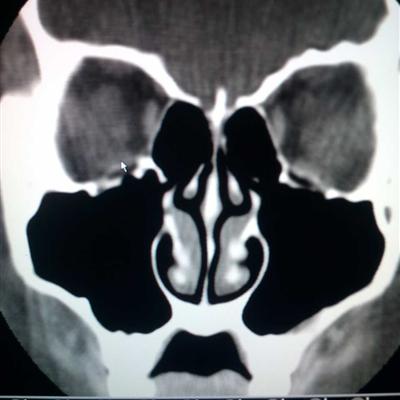How to do with hereditary factor XIII deficiency?
summary
Coagulation factor hereditary coagulation factor XIII deficiency is a rare recessive coagulation factor deficiency. Hereditary coagulation factor XIII (f XIII) is the last activated protein in coagulation activation pathway. How to do with hereditary factor XIII deficiency?
How to do with hereditary factor XIII deficiency?
Hereditary coagulation factor XIII deficiency is a rare recessive deficiency of coagulation factor. Hereditary coagulation factor XIII (f XIII) is the last activated protein in coagulation activation pathway, and its main function is to activate fibrin chain α And γ The cross-linking can enhance the resistance of blood clot to fibrinolysis. The factor in plasma is a tetramer, which consists of two catalytic a subunits (f XIII - a) and two carrier B subunits (f XIII b). F XIII and prothrombin deficiency may be the two most rare recessive inherited coagulation factor deficiency (1 / 2 million). In patients with inherited factor XIII deficiency, the activity and antigen of F XIII - a can not be detected, but the level of F XIII - B can be detected even though it is decreased.

Hereditary coagulation factor XIII deficiency exists not only in plasma, but also in platelet megakaryocyte and monocyte macrophage. Plasma factor XIII has a2b2 structure, while factor Ⅻ in these cells does not have A2 structure. The multi phenotype expression of factor XIII may be related to its different distribution and molecular structure. Although there is a lack of A2 factor XIII formed in B-chain cells, and there is also a cross-linking effect of fibrin, the specific function of intracellular factor XIII is still unknown. The reason is that some patients lack factor XIII both in plasma and in cells. Infusion therapy can only correct the lack of factor XIII in plasma. These results suggest that factor XIII may play a role in the formation of normal blood clots.

Hereditary coagulation factor XIII deficiency usually causes severe bleeding, especially in childhood, which may lead to fatal umbilical cord hemorrhage and central nervous system hemorrhage. Umbilical cord hemorrhage may occur in 80% of untreated patients, and the central nervous system hemorrhage rate is as high as 30%. Among all coagulation factor deficiencies including hemophilia A and hemophilia B, factor XIII deficiency has the highest probability of severe bleeding. Therefore, factor XIII deficiency is also the easiest to be detected and early diagnosed.

matters needing attention
The patients who start preventive treatment in childhood can survive. As long as the normal level of factor f XIII reaches 2% - 5%, it can meet the needs of hemostasis, Moreover, f XIII has a long half-life (11-14 days), so replacement therapy (such as plasma cryoprecipitate or concentrate) can achieve the purpose of treatment. The incidence of oral and postoperative bleeding in patients with factor XIII deficiency is relatively lower than that in patients with other coagulation factors that affect thrombin formation. The incidence of poor wound healing is not as high as expected. Generally speaking, if the prevention and treatment are appropriate, factor XIII deficiency can be transformed from a very dangerous hemorrhagic disease to a mild clinical disease. However, the success of preventive treatment is largely related to early diagnosis. However, in most developing countries, such diagnosis is often difficult to implement.












